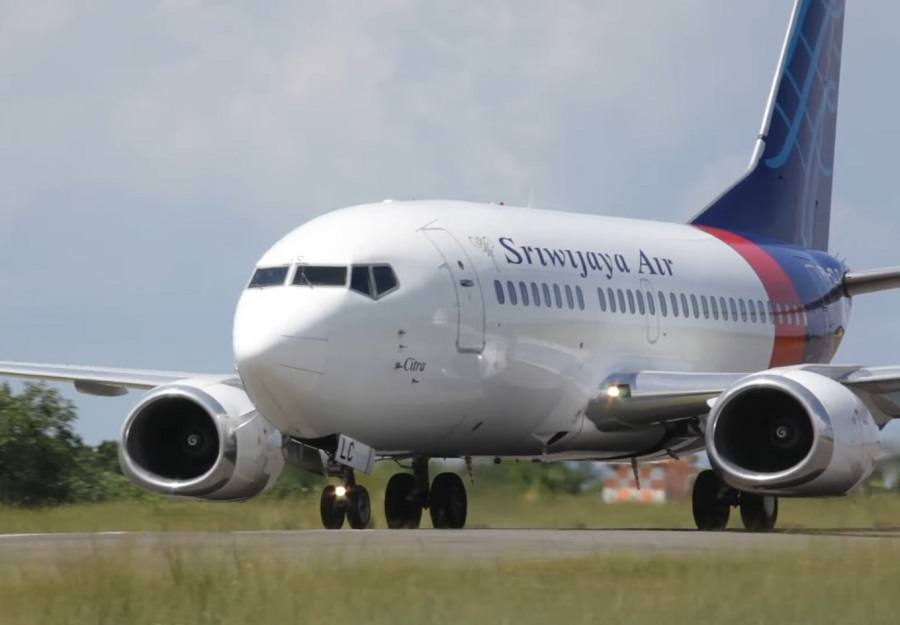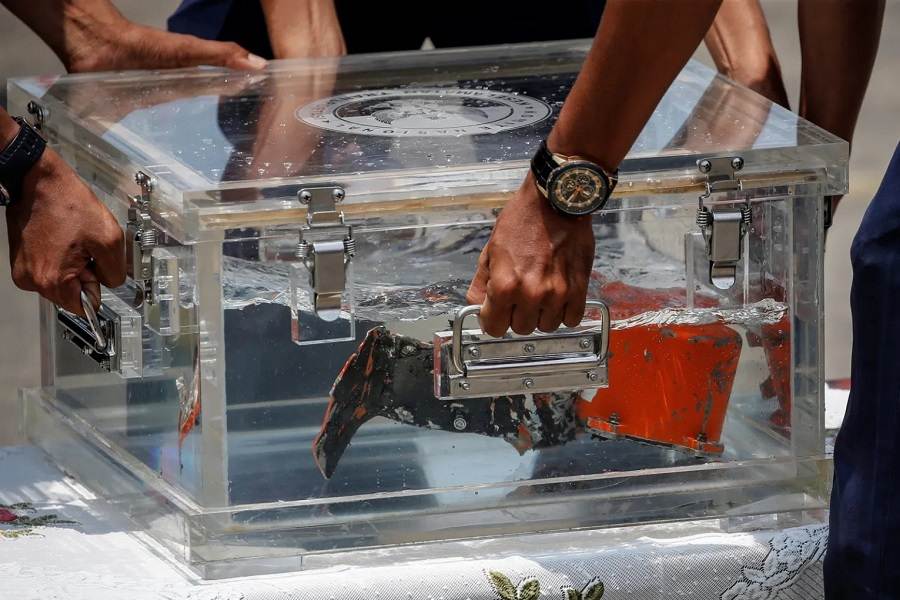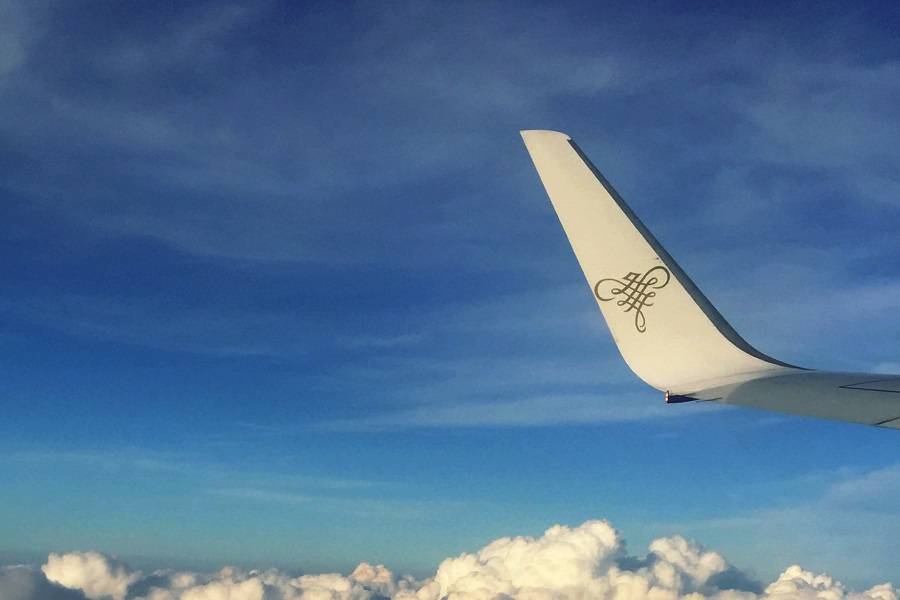It took nearly three months but finally, divers were able to find the CVR memory module of the Sriwijaya Air Flight 182 crash. The crash took place on the 9th of January.
Previously, crews had recovered the pinger/locator of the Sriwijaya Air CVR. Unfortunately, this pinger had separated from the memory casing of the unit during the crash. Crews found the former, on the same day as they found the flight data recorder (FDR). Remember, the crash site is in shallow muddy waters. Visibility in the water is very poor, and things that are barely 2-3cm (1”) underwater can quickly disappear.

Locating the Sriwijaya Air CVR
Initially, a representative of Indonesia’s Navy said that the Sriwijaya Air CVR was “under a metre (3.3’) of mud”. In the detailed briefing, the coast guard explained that they found the memory module at approximately 20:00 local time on Tuesday. It was about 500 meters off the coast of Pulau Laki at a depth of 14 metres below, 16cm (6″) of mud. This places the Sriwijaya Air CVR memory module about 4700 metres WNW of the aircraft’s last ADS-B position. The discovery comes as a relief to the investigators of Indonesia’s National Transportation Safety Committee (NTSC/KNKT). KNKT head Soerjanto Tjahjono said:
“We will take CVR to lab for reading, about three days to one week. After that we’ll transcribe and match it to FDR. Without a CVR, in the Sriwijaya 182 case it would be very difficult to determine the cause.”

In mid-February, the authorities published a preliminary report in the causes of the crash. Data from the FDR pointed to an issue that caused asymmetric thrust, as the aircraft climbed out of Jakarta International Airport in Indonesia. In the days leading up to the crash other crews had reported problems with the autothrottle on this aircraft. However, the preliminary report questions the way that ground crews handled recurring/repetitive issues, in the case of the autothrottle and other writeups. The CVR of the crashed Sriwijaya Air 737 will help authorities understand the circumstances around this accident.
What We Knew Until Now
The aircraft, a nearly 27 year-old Boeing 737-500, registration PK-CLC, had 56 passengers and 6 crew members on board. Local media report that among the passengers are 7 children and 3 infants. 6 of the passengers were actually deadheading crew. Despite initial suggestions, weather was not a factor during the accident. Matching the CVR data to the Sriwijaya Air FDR, the KNKT will determine the observations and actions of the crew. From the FDR alone, we know that the aircraft’s left throttle started to roll back at 8,150 feet.

The aircraft had continued its climb until 10,600 feet. By this time the asymmetric thrust had caused the plane to enter a steep left turn. Unable to climb, the autopilot disconnected, when the 737 had a 45° left bank, and a 4.5° nose up attitude. The crew took 5 seconds after that, to disconnect the autothrottle. It is these details in the Sriwijaya Air crew’s actions that investigators hope to uncover with the CVR.

AvHerald and other observers remarked that there is very little information in the preliminary report regarding the crew’s inputs. Again, the CVR should shed some light into how the Sriwijaya Air crew behaved in these critical moments. They were in contact with ATC at the time, who limited their climb due to a possible conflict.
For more details into the preliminary report, go here. We will update this story when there is more information.




6 comments
Radicaleyes To The Point
This aircraft was almost 27 years old. Doubtful it had solid state memory in the data recorders.
Sergio Nayar
No, fortunately, magnetic media is no longer in use. Now solid-state memory is being used instead.
Eric Law
I think it’s to prevent the unit from being exposed to oxygen in the air which would cause more corrosion.
Andre T
The article states “Remember, the crash site is in shallow muddy waters”. Why should I remember? Dispense with remember and just state the muddy conditions. It is a news article not a conversation among friends that have talked about this before. There could be some improvements in the writing of this source.
T Thomas
The main reason is it’s still a magnetic media and requires carefuly drying to avoid further damage or loss of data.
Ahmet Can
Why do they keep the thing in water after removal from the sea ?